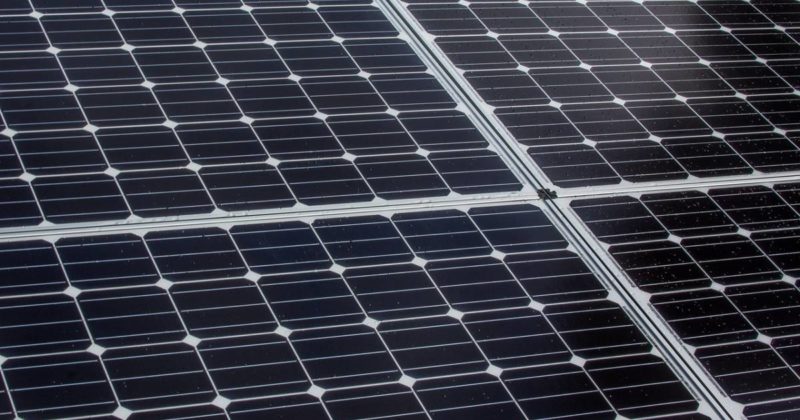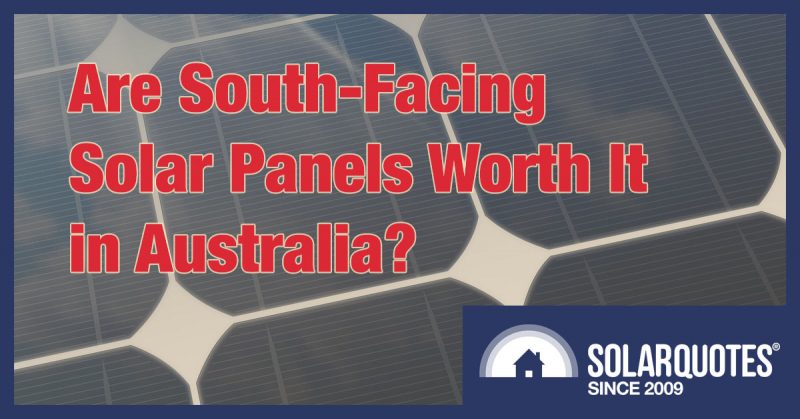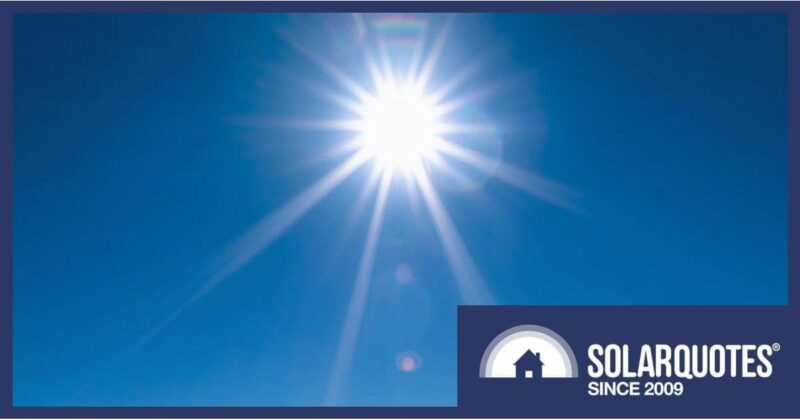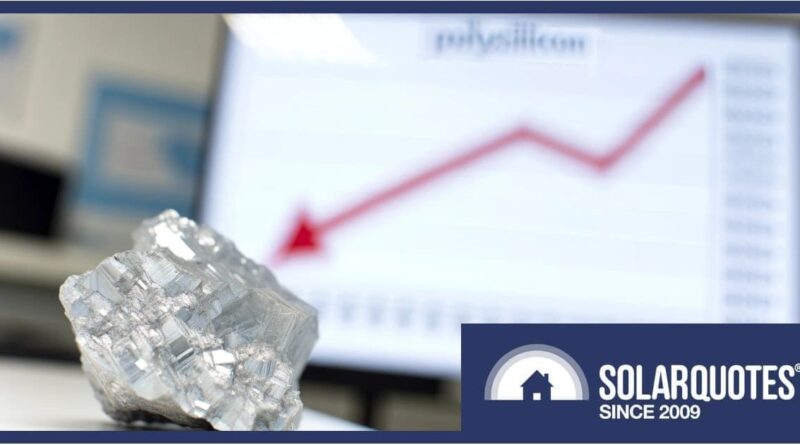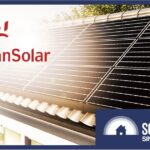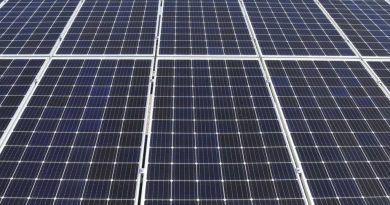Solar Panel Prices: How Low Will They Go?
![]()
Solar polysilicon producers have gone from rolling in cash to crying poor in a relatively short timeframe – such is the nature of the “solar coaster” that we’ve become accustomed to over the years. But it’s an ill wind that blows nobody any good.
The price of polysilicon, a crucial material in the manufacture of conventional solar panels, has taken a battering over the last year or so. Back in August 2022, global average spot prices hit around US$39.10 per kilogram. In late March last year, the spot price average had dropped to US$27.26 per kg.
It was a substantial drop, but that was still expensive compared to what’s happening now. Last week, the global price average was down to just US $6.15 per kg. Here’s how things have been travelling so far this year.
![]()
According to Bernreuter, Shanghai Metals Market recently reported the amount of polysilicon inventories in China was approaching 250,000 metric tons. More recently, Shanghai Metals Market stated polysilicon production in China in April was 181,200 metric tons, which was up 5.8% month-on-month. While a few companies are taking some production offline for maintenance while prices are so, well, crap, there was also capacity ramp-up of new production lines.
Looking Ahead: Panel Prices – Up Or Down?
Cheaper polysilicon puts downward pressure on the price of solar panels. That, along with cut-throat competition and a module production glut. But how much longer before the trend is reversed? Is it possible it won’t be? Here’s what a couple of solar industry heavyweights think (or hope).
Major solar polysilicon manufacturer Daqo New Energy believes a large number of producers are now unprofitable. Late last month, Daqo CEO Xiang Xu opined:
“The solar industry has gone through multiple cycles in the past and, based on our previous experience, we believe that the current low prices and market downturn will eventually result in a healthier market, as poor profitability and losses, as well as cash burn, will lead to many market players exiting the business with some possible bankruptcies.”
Daqo doesn’t expect to be among them and the company says it will produce approximately 280,000 metric tons to 300,000 MT of polysilicon for the full year of 2024.
What do major module manufacturers think?
A goliath in that space is JinkoSolar, which ships a shedload of panels to Australia (and just about everywhere else). We recently reported Jinko’s Q1 2024 financial results indicating total revenues down 29.8% sequentially and down 1.2% year-over-year. But shipments were well up year over year (+53.3%), indicating the impact of lower panel prices.
In a presentation last week at the Shanghai Stock Exchange, JinkoSolar Chairman Li Xiande reportedly said current prices were “irrational” and there’s limited room for further decline.
If you’re considering going solar, there may be a temptation to hold off a bit to see how this all pans out to hopefully save a few more bucks on a system. But the situation can change quite quickly and the best time to install a solar power system is usually right now. Any savings you might make by waiting could be eaten up (and then some) by electricity bills in the interim much higher than they would otherwise be.
Original Source: https://www.solarquotes.com.au/blog/solar-panel-prices-polysilicon-mb2920/
